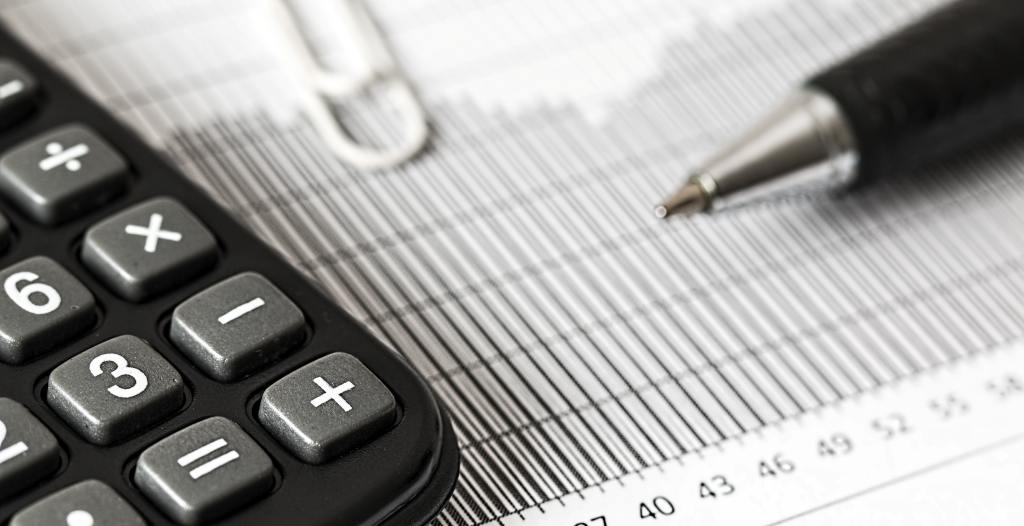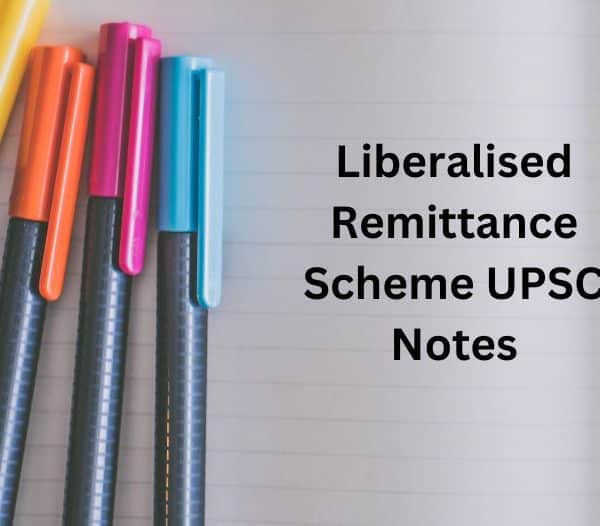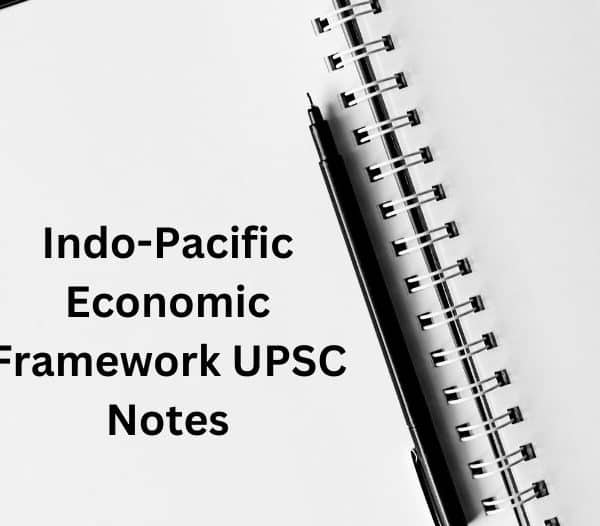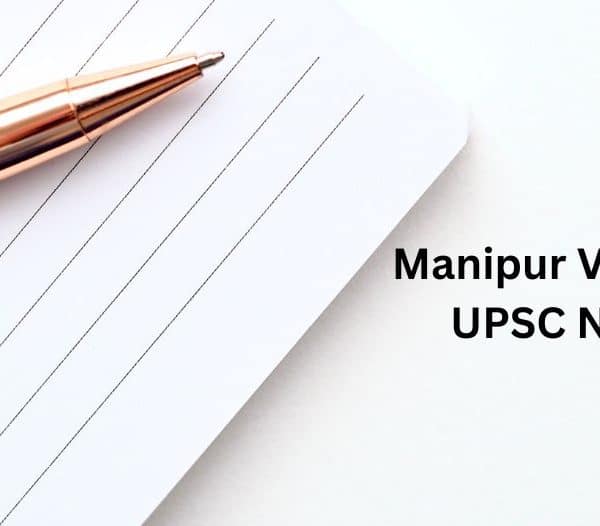Recently, the Vivad se Vishwas scheme is topping the search results and is considered to be an important topic for the upcoming civil services examination. There is a high chance of questions coming from Vivad se Vishwas scheme in UPSC prelims in economics Taxes and Taxation paper. In the UPSC mains examination also, aspirants might find questions from this topic as it falls under GS-III Indian Economy and issues relating to planning, mobilization of resources, growth, development and employment paper.
In order to ace the UPSC exam, it is important to know what is Vivad se Vishwas scheme? What the Vivad se Vishwas scheme is related to? Only after knowing all these, one can make a strategy and start preparing for it.
So, let’s waste no more time and see what things aspirants must focus on this topic.
What is ‘Vivad se Vishwas’ Scheme?
Vivad se Vishwas scheme is related to tax as this programme is introduced by the government for setting tax disputes. Now the question is, what is Vivad se Vishwas scheme? In easy words, it is an amendment which was recently approved by the Union Cabinet to the ‘Direct Tax Vivad se Vishwas Bill, 2020’.
On 1st February 2020, Union Finance Minister Nirmala Sitharaman announced income tax Vivad se Vishwas scheme. To cover litigation pending in various DRTs (Debt Recovery Tribunals), this amendment was improved.
Certain search and seizure cases of recovery amount up to ₹5 crore was also part of the approved amendment. After the approval of the programme, taxpayers are allowed to settle cases which are pending before the Debt Recovery Tribunals (DRTs), Commissioner (Appeals), Income Tax Appellate Tribunals (ITATs), Supreme Court and High Court.
Key Points about Income Tax ‘Vivad se Vishwas’ Scheme
- Simple and speedy resolution of pending tax disputes related to direct taxes such as corporate tax and income tax is offered in this bill.
- Presently in the courts, there is 4.83 lakh pending direct tax cases worth Rs.9 lakh crore which the Government wants to recover swiftly through this income tax Vivad se Vishwas scheme.
- One of the main objectives behind this bill was to address the revenue shortfall the government is witnessing. The government received lower than the budget target direct tax collection in September 2019 as one of the effects of the economic slowdown.
Also Read : What is the Reservation System? Insights into the Reservation System in India
Other Points to Know about ‘Vivad se Vishwas’ Scheme for UPSC
- As per the Vivad se Vishwas scheme, a taxpayer was required to pay the disputed taxes amount by March 31, 2020, and by doing so, they could get a complete waiver of interest penalty. Vivad se Vishwas scheme’s last date was 30th June 2020 but Finance Minister Nirmala Sitharaman as a part of the mega economic relief package announced the extension of Vivad se Vishwas scheme last date till 31st December 2020.
- As per the programme, once the dispute is resolved, no decision can be made through an appellate forum and no interest or penalty can be applied by the designated authority.
- In case of providing false information or violation of the Income Tax Act, 1961, there can be a revival of disputes.
What is ‘Sabka Vishwas’ Scheme?
This programme is similar to Sabka Vishwas scheme which was introduced in the year 2019 for the purpose of reducing litigation in indirect taxes. For resolving and settling Central Excise and Service Tax legacy cases, Sabka Vishwas scheme was approved in Finance Act (No. 2) of 2019 and was operated till 15th January 2020.
What are the Advantages of ‘Vivad se Vishwas’ Scheme for Income Taxpayers?
- Settlement under this programme taxpayers get a waiver of penalty and interest.
- Any tax authority or designated authority can not reopen such cases settled under Vivad se Vishwas scheme.
- No order related to the resolved disputed matter can be issued through an appellate forum.
Step-by-Step Process to Settle Tax Dispute Under ‘Vivad se Vishwas’ Scheme
Step 1
A file of declaration in a specific form to the designated authority. The designated authority should be above the rank of a Commissioner of Income-tax.
Furnishing of undertaking in a specific format waiving the taxpayers right to pursue any other claim or remedy.
Step 2
Within 15 days of the declaration, the amount payable by the applicant will be decided by the designated authority. A certificate containing particulars of the payable amount will be granted. In case the taxpayer does not agree with the fixed payable amount, he/ she won’t be allowed to file an appeal.
Step 3
Payment of the decided amount has to be made within the next 15 days and the proof of withdrawal of appeal has to be submitted.
Step 4
An order will be passed by the designated authority that will include the stated matters.
Things to Consider Before Opting for ‘Vivad se Vishwas’ Scheme
As this programme offers waiver on interest and penalty, it immediately became very attractive to taxpayers. But there are certain things that one has to analyse before opting for Vivad se Vishwas scheme is related to tax.
Expected or approximate cost of litigating the matter, implications of carried forward losses, the strength of merits of the case, cash flow consideration etc are some of the aspects that should be thought upon.
If there is a lack of adequate documentary evidence to substantiate one’s claim and there is a weakness in the merits of the case then taxpayers should prefer settling by paying tax.
Conclusion
This programme was passed with the intention of reducing disputes and collecting clogged revenues. This initiative shows the eagerness of the Government for settling long due disputes.
The Vivad se Vishwas scheme has been advertised largely in leading newspapers by the Central Board of Direct Taxes in order to make the taxpayers aware of the programme.
So that now you know everything about this government-initiated programme, what’s your thought on this? Do comment in the below section and share your thoughts with us.
Also Read : UPSC Test questions with Answers: Practice Set for UPSC Current Affairs






